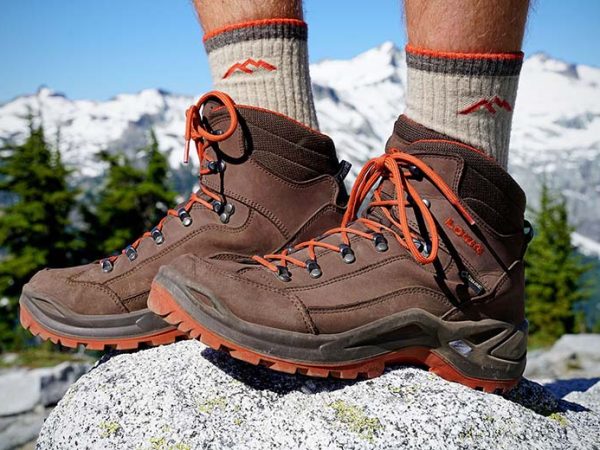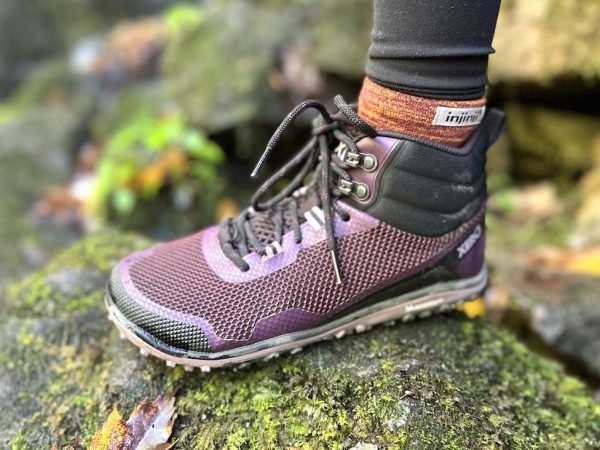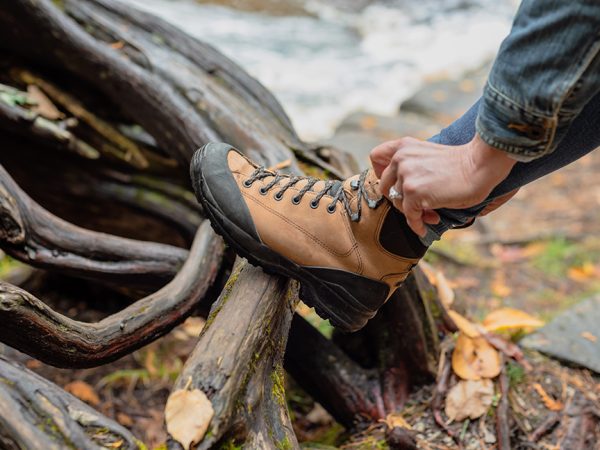Title: Trusted Traction: Exploring the Grip and Stability of Hiking Boots
When venturing into the great outdoors, having reliable traction is essential for navigating various terrains safely and confidently. Hiking boots play a crucial role in providing the grip and stability needed to tackle uneven trails, slippery surfaces, and challenging conditions. Let’s delve into the importance of traction and stability in hiking boots and explore how they contribute to a successful outdoor adventure.
1. **Grip on Varied Terrain:** Hiking trails can present a wide range of terrain, from rocky slopes and muddy paths to slippery river crossings and icy patches. Hiking boots with reliable traction offer grip on diverse surfaces, allowing hikers to maintain stability and control with each step. Outsoles with deep lugs and aggressive tread patterns provide superior grip on loose gravel, wet rocks, and uneven terrain, reducing the risk of slips and falls while hiking.
2. **Stability on Uneven Surfaces:** Uneven surfaces pose a challenge to hikers, requiring footwear that offers stability and support to prevent ankle rolls and injuries. Hiking boots with sturdy ankle support and reinforced midsoles provide stability on uneven surfaces, helping to distribute weight evenly and reduce fatigue during long hikes. A secure fit and cushioned footbeds also enhance stability, allowing hikers to navigate rocky terrain and steep inclines with confidence.
3. **Waterproof Protection:** Wet and slippery conditions are common on hiking trails, especially in rainy or snowy weather. Waterproof hiking boots with breathable membranes like Gore-Tex® or eVent® offer protection against moisture while allowing sweat to escape, keeping feet dry and comfortable in wet conditions. This waterproofing not only prevents slips on wet surfaces but also helps maintain traction and stability on muddy trails and stream crossings.
4. **Durability and Longevity:** The durability of hiking boots directly affects their traction and stability over time. High-quality materials like full-grain leather, synthetic uppers, and Vibram® rubber outsoles are designed to withstand rugged terrain and harsh weather conditions, ensuring long-lasting performance and reliability on the trail. Regular maintenance, such as cleaning and conditioning, can help prolong the life of hiking boots and preserve their traction and stability over multiple hiking seasons.
5. **Proper Fit and Support:** Achieving proper fit and support is crucial for maximizing traction and stability in hiking boots. A snug yet comfortable fit prevents slippage and hotspots, while a supportive midsole and arch provide stability and shock absorption on rough terrain. Hiking boots should offer ample room in the toe box to prevent cramping and allow for natural foot movement, while a secure lacing system ensures a customizable fit that locks the foot in place for optimal traction and stability.
6. **Terrain-Specific Features:** Different hiking environments may require specialized features to enhance traction and stability. For example, boots designed for rocky terrain may feature protective toe caps and rock plates to shield against impact and abrasion, while boots for snow and ice may have crampon-compatible outsoles and insulation for added warmth and traction. Choosing hiking boots with terrain-specific features ensures you’re prepared for the challenges of your chosen hiking destination.
In conclusion, the grip and stability of hiking boots are essential for safe and enjoyable outdoor adventures. By selecting boots with reliable traction, waterproof protection, durability, proper fit, and terrain-specific features, hikers can confidently tackle a variety of terrains and conditions with ease. Investing in high-quality hiking boots ensures trusted traction and stability on the trail, allowing hikers to focus on the beauty of nature and the joy of exploration.


